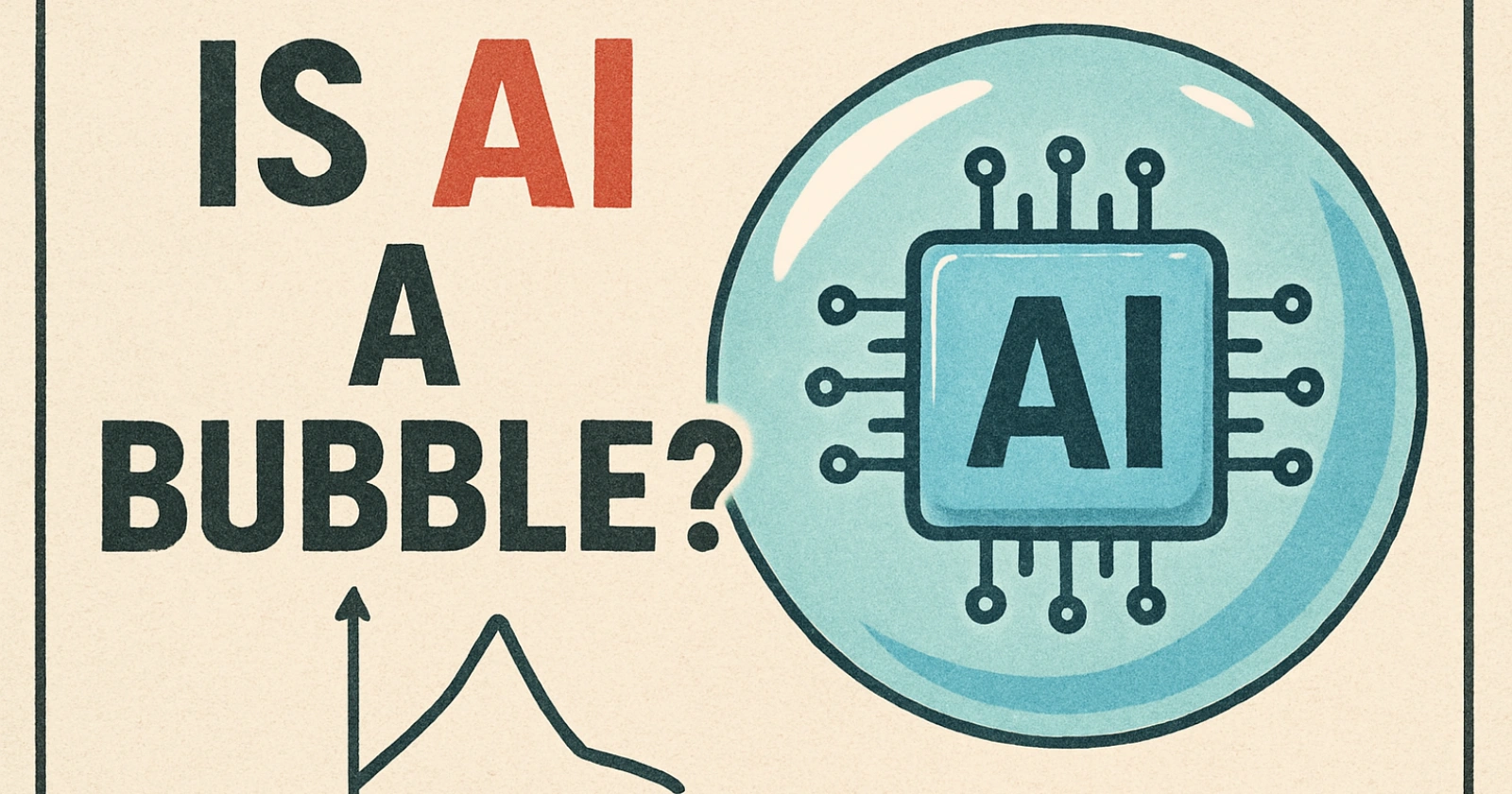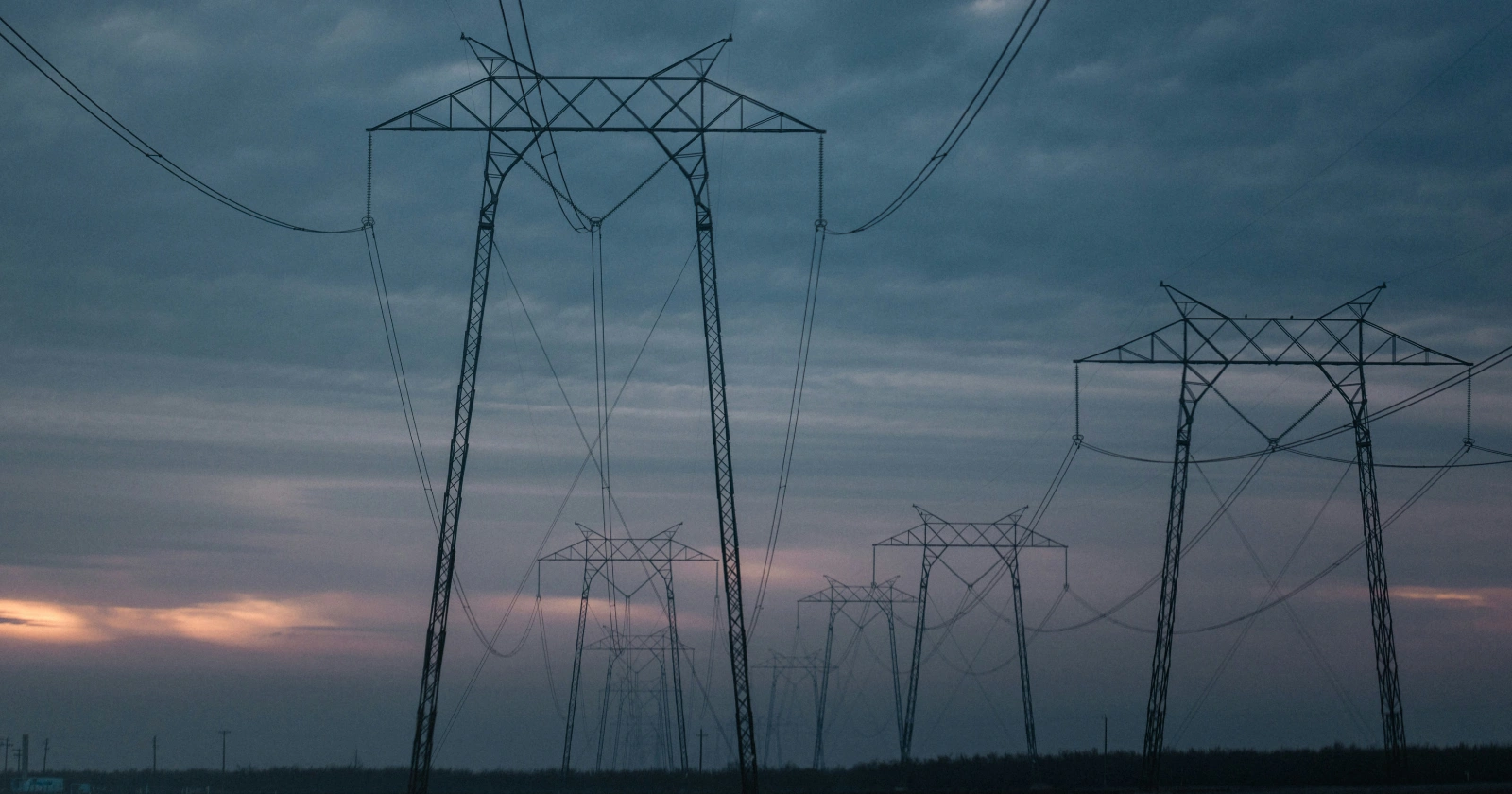Artificial intelligence stands at the forefront of technological innovation, captivating industries and investors alike. Rapid advancements in machine learning and generative models have sparked unprecedented excitement, driving billions into startups and established firms.
Yet, beneath this enthusiasm lies a growing concern that echoes historical market frenzies. Valuations have skyrocketed, often detached from tangible revenues, prompting questions about sustainability.
Leaders in the field, including OpenAI’s Sam Altman and Meta’s Mark Zuckerberg, have voiced apprehensions. Altman describes AI as a “kernel of truth” amid overhyped investments, while Zuckerberg admits a collapse remains a real possibility. These admissions come as companies pour resources into infrastructure, betting on future dominance. The landscape reveals a tension between transformative potential and immediate financial realities, where demand for specialized hardware outpaces current applications.
This dynamic mirrors broader economic patterns, where emerging technologies promise upheaval but face hurdles in delivery. Reports from institutions like MIT and McKinsey underscore challenges in achieving returns, yet major players continue aggressive expansions. The conversation extends beyond boardrooms, influencing global markets and policy discussions, as stakeholders weigh risks against opportunities in this evolving domain.
Decoding AI Valuations
Sky-high valuations dominate the AI narrative. Startups labeled with AI capabilities attract funding that often exceeds their operational fundamentals. For instance, OpenAI and Anthropic boast valuations in the hundreds of billions, despite projections showing revenues far below these figures. OpenAI anticipates around $13 billion in 2025, while Anthropic eyes $2 billion to $4 billion, highlighting a disconnect that fuels skepticism.
Investors flock to these opportunities, driven by fear of missing out on the next big shift. Venture capital inflows reached record levels, with 50% of dollars in the first half of 2025 directed toward AI ventures. This concentration raises red flags, as historical precedents show such fervor often precedes corrections. Big Tech firms amplify this trend, committing tens of billions to data centers and chips, essential for training advanced models.
The surge in stock prices for companies like Nvidia, fueled by demand for GPUs, exemplifies this momentum. Nvidia’s revenue growth stems from hardware sales critical to AI development, yet questions linger about long-term demand if applications fail to scale. Analysts point to overexcitement, where even modest announcements trigger market rallies, detached from underlying profitability.
Evidence of Hype Over Substance
Numerous studies reveal gaps in AI’s practical impact. An MIT report from August 2025 examined over 300 AI initiatives and found 95% yielded no measurable return on investment. Despite substantial spending, exceeding $40 billion in the sector, most projects falter in delivering value. This echoes McKinsey’s findings, where 80% of companies reported no positive earnings impact from AI adoption.
Gartner’s Hype Cycle places AI past the peak of inflated expectations, entering a trough of disillusionment. Applications like AI-assisted coding, once touted as revolutionary, now face criticism for introducing errors and security vulnerabilities. Businesses encounter high costs in implementation, with computing power and data infrastructure demanding hundreds of billions annually.
Unprofitability plagues leading innovators. OpenAI’s expenditures on servers and talent outstrip revenues, creating a cash burn that relies on continuous funding rounds. Similar patterns appear across the ecosystem, where hype sustains valuations but real-world utility lags. This mismatch prompts warnings from figures like Fed Chair Jerome Powell, who notes unusual economic activity tied to AI buildouts.
Arguments for AI’s Enduring Strength
Despite concerns, proponents argue AI represents a foundational shift unlike fleeting trends. Demand for AI hardware, such as Nvidia’s chips, outpaces supply, contrasting with the oversupply in past bubbles. This scarcity supports robust margins for infrastructure providers, including Amazon and Microsoft, whose cloud services underpin much of the development.
Major corporations with solid balance sheets drive investments. Microsoft, Google, Meta, and Amazon allocate tens of billions, viewing underinvestment as a greater threat than excess. Zuckerberg emphasizes that missing superintelligence advancements could prove costlier than misspending, committing Meta to at least $600 billion in U.S. data centers through 2028.
Former Google CEO Eric Schmidt frames the trend as a new industrial structure rather than a bubble. The technology integrates deeply into economies, from healthcare to transportation, promising efficiencies that could redefine productivity. While corrections may occur, the core value proposition remains intact, supported by ongoing innovations in models and applications.
Parallels to Historical Bubbles
Comparisons to the dot-com era abound. In the late 1990s, internet companies drew massive investments based on potential, leading to a crash that erased trillions in market value. AI exhibits similar exuberance, with valuations untethered from profits, yet differences exist. AI benefits from established players with strong fundamentals, unlike many dot-com startups lacking viable models.
Railroad manias of the 19th century offer another lens, where infrastructure overbuilds preceded collapses but left lasting networks. AI’s data center expansions, projected at $3 trillion globally by 2029, could follow suit, providing enduring assets even if valuations adjust. Zuckerberg draws these historical ties, noting bubbles often stem from debt overload or waning demand, factors present but mitigated in today’s landscape.
Key distinctions include AI’s integration into existing economies. Unlike dot-com’s speculative ventures, AI enhances core operations in diverse sectors. However, economists like Torsten Slok warn that current overvaluations surpass 1990s levels, with the S&P 500’s price-to-book ratio hitting highs. This setup suggests a potential correction, though not necessarily a total invalidation of the technology.
Key Facts and Findings
Recent analyses provide critical insights. Business spending on AI contributed more to GDP growth in early 2025 than consumer spending, underscoring its economic weight. The Magnificent Seven stocks account for over half of S&P 500 gains since 2023, highlighting concentration risks.
A METR study on AI in coding revealed unexpected slowdowns, with developers 20% less productive when using tools due to reliability issues. This capability-reliability gap explains why 71% of companies see no tangible earnings boost from generative AI, per McKinsey.
Economists note minimal job displacement from AI, with unemployment rising faster in low-exposure fields. Yet, hype could lead to premature workforce adjustments, echoing past tech adoptions like email that reduced overall productivity temporarily.
AI vs. Dot-Com: A Comparative Overview
| Aspect | AI Boom (2025) | Dot-Com Bubble (1990s) |
|---|---|---|
| Valuation Drivers | Hype around generative models and infrastructure | Internet potential and e-commerce speculation |
| Investment Scale | $560 billion in AI capex by Magnificent Seven | Trillions in tech startups, peaking at 15% of S&P 500 |
| Profitability | Mostly unprofitable, low ROI in 95% of projects | Many firms with no revenues or profits |
| Infrastructure Focus | Data centers and chips, demand exceeds supply | Fiber optics and networks, oversupply post-crash |
| Economic Integration | Deeply embedded in Big Tech balance sheets | Largely standalone startups |
| Potential Correction | Market adjustment likely, but tech endures | 50% S&P 500 drop, trillions lost |
| Long-Term Outcome | Possible new industrial structure | Internet revolutionized economy post-crash |
This table illustrates shared traits and divergences, aiding in assessing risks.
Investor Strategies Amid Uncertainty
Navigating this environment demands caution. Focus shifts to firms with proven models and revenue streams, rather than pure speculation. Diversification beyond AI-heavy indices mitigates exposure, while monitoring indicators like data center spending provides clues.
Altman predicts trillions in future infrastructure, betting on capacity constraints resolving into growth. Yet, warnings from investors like Ray Dalio highlight dangers from high valuations and interest rates. Balancing optimism with realism positions stakeholders to capitalize on advancements while guarding against downturns.
Policy considerations emerge, with calls for regulations on AI safety and ethics. As models evolve, multimodal capabilities may drive next waves, but current debates underscore the need for measured approaches.
The AI landscape pulses with possibility, yet shadows of doubt persist. Transformative applications in fields like medicine and automation hold promise, but realization requires bridging gaps in reliability and returns. Leaders like Altman and Zuckerberg embody this duality, championing bold investments while acknowledging perils. As 2025 unfolds, market dynamics will test resilience, potentially ushering corrections that refine rather than dismantle progress.
Historical bubbles often yield valuable remnants, from railroads to internet infrastructure, suggesting AI could follow a similar path. Even if valuations recalibrate, underlying technologies may propel future innovations, reshaping industries. Stakeholders must remain vigilant, adapting to shifts that balance hype with substance. Ultimately, AI’s trajectory hinges on delivering measurable value, ensuring the boom evolves into a sustainable revolution rather than a fleeting episode.
FAQs
- What defines an AI bubble? An AI bubble occurs when investor enthusiasm inflates valuations beyond financial fundamentals, similar to past tech frenzies.
- How do valuations compare to revenues in AI firms? Companies like OpenAI hold valuations hundreds of times their projected revenues, indicating potential overhyping.
- Why do leaders like Sam Altman warn about bubbles? Altman highlights genuine AI potential but cautions against irrational excitement driving unsustainable investments.
- What studies show AI’s ROI challenges? MIT’s 2025 report indicates 95% of AI projects fail to deliver returns, highlighting implementation hurdles.
- How does AI differ from the dot-com bubble? AI benefits from demand outpacing supply and Big Tech backing, unlike dot-com’s oversupply and weak models.
- What role do data centers play in the AI boom? Investments exceed $750 billion in 2024-2025, supporting model training but raising overbuild concerns.
- Could an AI correction impact the broader economy? Yes, given AI’s contribution to GDP growth, a burst might slow spending and trigger recessions.
- What counterarguments support AI sustainability? Proponents view it as a new industrial structure, with hardware firms showing strong fundamentals.
- How might regulations affect the AI sector? Tighter rules on safety and bias could temper growth but enhance long-term viability.
- What strategies suit investors in uncertain AI markets? Prioritize diversified portfolios and firms with tangible revenues, monitoring hype cycles closely.



